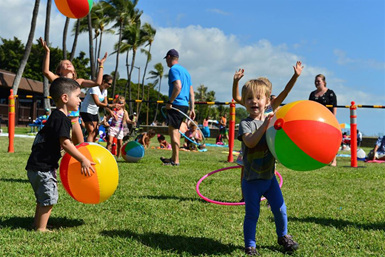13.8: Conclusion
Until recently, the physical development of young children was often taken for granted. Family members and caregivers had a tendency to assume that children, by virtue of being children, got plenty of physical activity as a normal part of their daily routine. The results of over a decade of research comparing the present, more sedentary generation of children to previous generations clearly reveals an alarming trend toward increased obesity, diabetes, asthma, and other health-impairing conditions.
Fortunately, a resurgence of interest in the vital importance of young children’s physical development is taking place throughout California and the nation.
Those working with young children have recognized that developing fundamental movement skills; learning perceptual-motor skills and movement concepts, and engaging in active physical play are essential to the total balanced development of children. The development of fundamental movement skills provides a basis for an active way of life. Attaining proficiency in a myriad of fundamental balance, locomotor, and manipulative skills equips children for active participation in physical activities for a lifetime.
Perceptual-motor skills and basic movement concepts are important to the many time and space concepts that children acquire as they get ready for more formal types of instruction and learning. Body-awareness, spatial-awareness, and directional-awareness concepts can be taught and learned through both teacher-directed and self-directed play.

However, children need encouragement, instruction, and sufficient opportunities for practice in supportive environments to learn fundamental movement skills, perceptual-motor skills, and movement concepts. Preschool programs and families play a critical role in maximizing children’s development in these areas.
Active physical play in preschool is a means by which children (and adults) can engage in physical activities that promote healthy lifestyles and a genuine zest for life. Through active participation in self-directed and adult-facilitated play, children acquire increased cardiovascular endurance, muscular endurance, muscular strength, and flexibility. Young children have not only movement skills and perceptual abilities; they also have the joy of movement.
Learning to move and moving to learn are too important to be left to chance. Parents and teachers have a precious opportunity to help set the stage for young children to enjoy physical activity for a lifetime.[1]
- The California Preschool Curriculum Framework, Volume 2 by the California Department of Education is used with permission ↵

